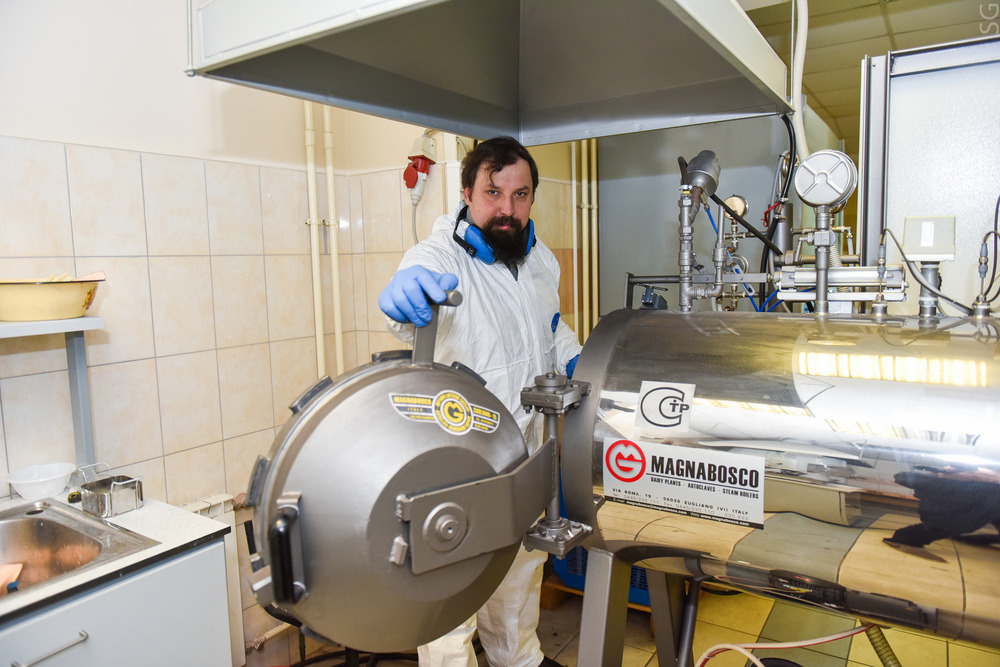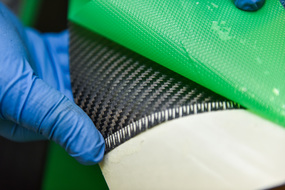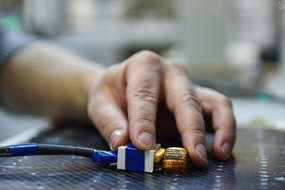Composite materials have become an integral part of our lives: they are used in aviation and space technologies, as well as the automobile and mining industries. However, there has been a problem of internal stress assessment with composite material designs since their inception.
“Scientists from the NUST MISIS Center of Composite Materials, led by Professor Sergey Kaloshkin, have proposed a non-contact method of internal voltage control in polymer composites. It is now possible to more effectively assess the degree of internal damages during the operation of aircraft parts, oil pipelines, ship hulls, and other industrial and transport facilities”, said Alevtina Chernikova, Rector of NUST MISIS.
Andrey Stepashkin, Candidate of Technical Sciences and Senior Research Associate at the NUST MISIS Center of Composite Materials, discussed why the problem of assessment is so critical:
“There are composite materials in which the internal stress reaches 95% of the tensile strength after fabrication. It will crack if we add even a little more pressure. For example, a number of composite materials, processing excellent heat and thermal resistance and created for the ‘Buran’ spacecraft, had a high level of internal stresses due to the characteristics of their manufacturing. This has become a huge problem: to get one [functioning] piece of ‘Gravina’ material (which was used for the ship’s black plating) 50 had to be thrown out”.
There is no such level of internal stress in carbon plastics, fiberglass, or hybrid composite materials after manufacturing. Instead, stresses arise and accumulate under the influence of operating loads, the external environment, and weather, which can lead to damage in the material and reduce its load-bearing capacity. Such changes affect operational safety and must be identified in a timely manner.
There are methods to control stresses in composite structures, however they are often inconvenient, and sometimes are not acceptable due to forecast accuracy. For example, non-contact methods (ultrasonic, acoustic flaw detection, shearography) allow us to detect defects that have already occurred, and do not provide information about the stress within the material or about their distribution throughout the structure. The accepted methods for assessing the stress state in a framework all require contact and connection to the material using the sticker of various film sensors. That’s why detecting something before a defect appears is currently impossible with non-contact methods.
The idea of this research is to use amorphous soft magnetic circuits with
The stress state, surrounding the micro-wire, affects how the substance reacts to external magnetic fields. Accordingly, these measurements can be carried out without contact, a connection to the sensing element, or the sticker—which is embedded inside the material during the manufacturing stage. It is also important that researchers only have to use one sensor, unlike some methods of flaw detection where you need to expose the equipment on both sides. In fact, this technology significantly simplifies, speeds up, and reduces the cost of assessing the state of composite materials by making repairs easier and predictions about future defects more accurate, all in a contactless manner.
The researchers have worked out how to introduce soft magnetic wires into the composite material and how to make sure that the properties of the composite material from this do not deteriorate. Likewise, they have also mastered different measurement modes.
Several representatives of the aviation and space industries, as well as developers of composite materials, have already highly valued this new methodology. According to Andrey Stepashkin, now researchers have to “get out of the laboratory”: to develop a “field” prototype and measure systems based on lab devices.
“We have made the first step of a long journey. But we already see a practical application of our development. In addition, it has more features: the micro-wire mesh introduced into the material can provide an additional drain of the static charge that occurs in fiberglass structures. Our wires are quite capable of replacing metal grids which are now inserted into these materials”, he added.
The research work is published in the Journal of Alloys and Compounds.






